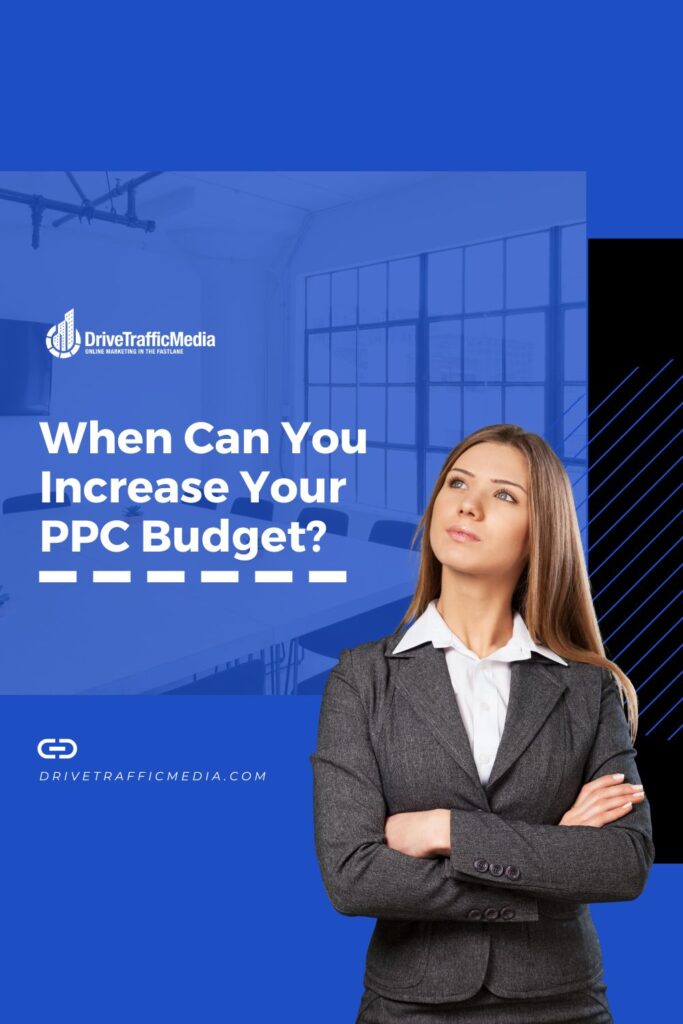PPC advertising management is an important form of digital marketing because it allows businesses to reach their target audience quickly and effectively. With PPC, businesses only pay when their ad is clicked, which means they can control their advertising costs. This means that businesses can set a budget for their campaigns and only pay for the clicks they receive and then adjust their budget higher or lower depending on how well their campaigns are going.
Now, if you have been using PPC for a while now with decent success, you might be thinking about adding to the budget to expand your reach and generate even more leads for your business. When considering whether to add more budget to your pay-per-click (PPC) campaigns, there are a few key metrics to take into account. You need to think about all these, so you don’t jump the gun and waste that budget.
Return on Ad Spend (ROAS)
Is a metric that measures the revenue generated related to the amount of money spent on advertising. It is calculated by dividing the revenue generated by the amount of money spent on advertising. A high ROAS indicates that the advertising campaign is successful and cost-effective, while a low ROAS suggests that the campaign is not generating enough revenue to justify the cost. If your ROAS is high, it may be worth increasing your budget to continue driving sales.
Cost Per Conversion
Is a metric that measures the cost of converting a visitor into a customer. It is calculated by dividing the total cost of a campaign by the number of conversions. A low cost per conversion indicates that the campaign is cost-effective and that the business is getting a good return on investment. A high cost per conversion suggests that the campaign is not generating enough conversions to justify the cost. If your cost per conversion is low, it may be worth increasing your budget to drive more conversions.

Click-Through Rate
Click-through rate (CTR) is a metric that measures the number of clicks an ad receives as a percentage of the number of times it is shown. It is calculated by dividing the number of clicks by the number of impressions. A high CTR suggests that the ad is relevant and engaging to the audience, while a low CTR suggests that the ad is not resonating with the audience. A higher CTR can help to improve the performance and the ROI of the campaign.
Quality Score
Is a metric provided by Google Ads. It measures the relevance and performance of your ads, keywords, and landing pages. It is determined by analyzing an ad’s click-through rate (CTR), the relevance of the ad, and the landing page experience.
A higher Quality Score means your ads are more relevant to the users. They are performing well and you will pay less per click. Meanwhile, a low-Quality Score suggests that the ad is not resonating with the audience. Improving the Quality Score can help to lower the cost per click and increase the ad’s visibility.
Audience
If you’re targeting a specific audience, you should evaluate if the audience size is enough to justify increasing the budget. If your audience size is limited, you may want to focus on expanding it before increasing the budget.
Competitors
Keep an eye on the competition, and check if they bid on the same keywords and how much they spend. If they are spending more, it may be worth increasing your budget to stay competitive.
Seasonality
If your business is seasonal, you may want to adjust your budget accordingly. For example, if you sell winter clothing, you may want to increase your budget during winter when demand is higher.
Campaign Goals
Make sure that your budget aligns with your campaign goals. For example, if your goal is to generate leads, you may want to focus on building a large audience and increasing your budget to reach more potential customers.
In summary, when determining whether to add more budget to your PPC marketing campaigns, consider factors such as your ROAS, cost per conversion, CTR, Quality Score, audience size, competition, seasonality, and campaign goals. If your metrics are strong and your audience is large enough to justify it, increasing your budget can help drive more sales and conversions.
